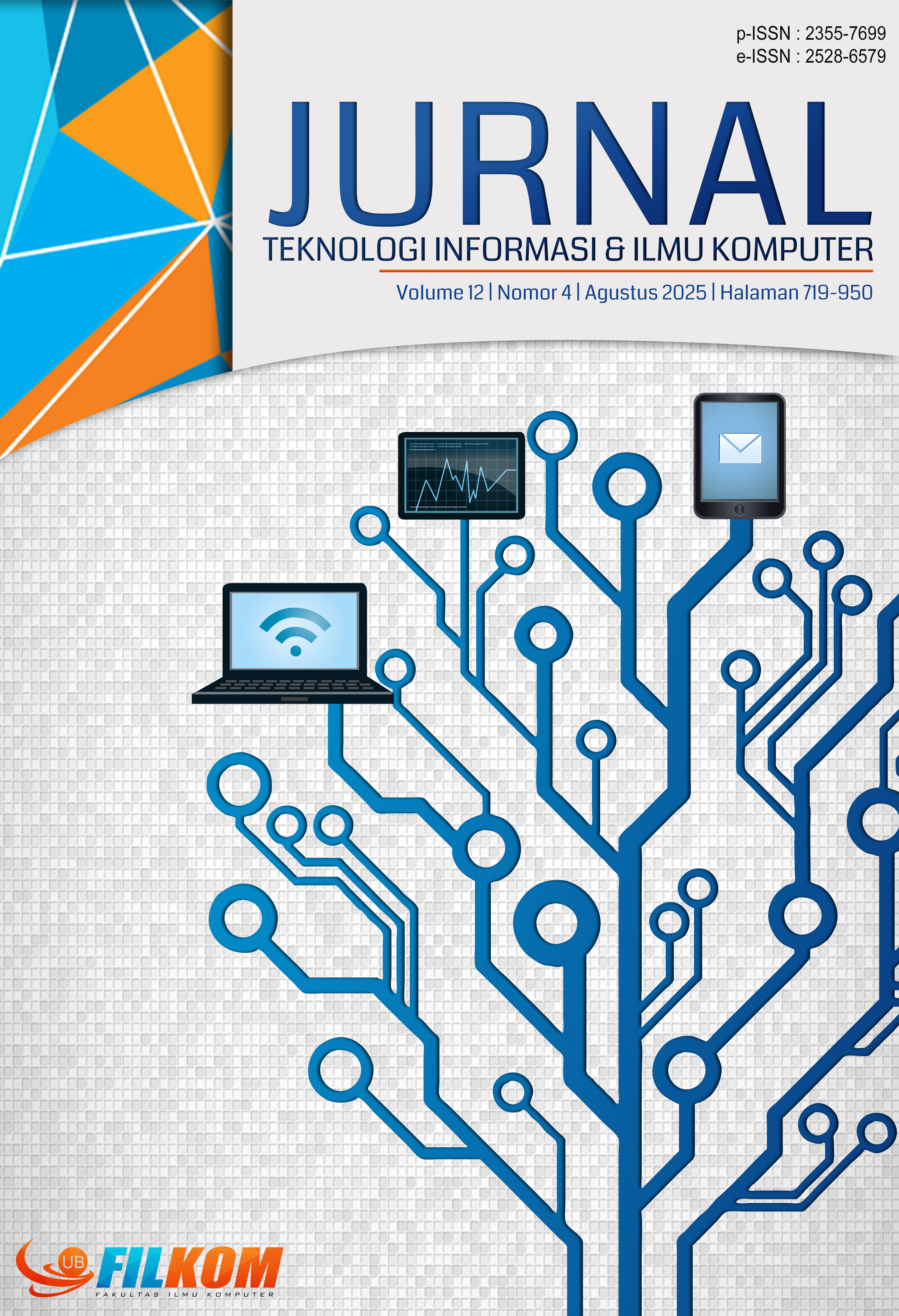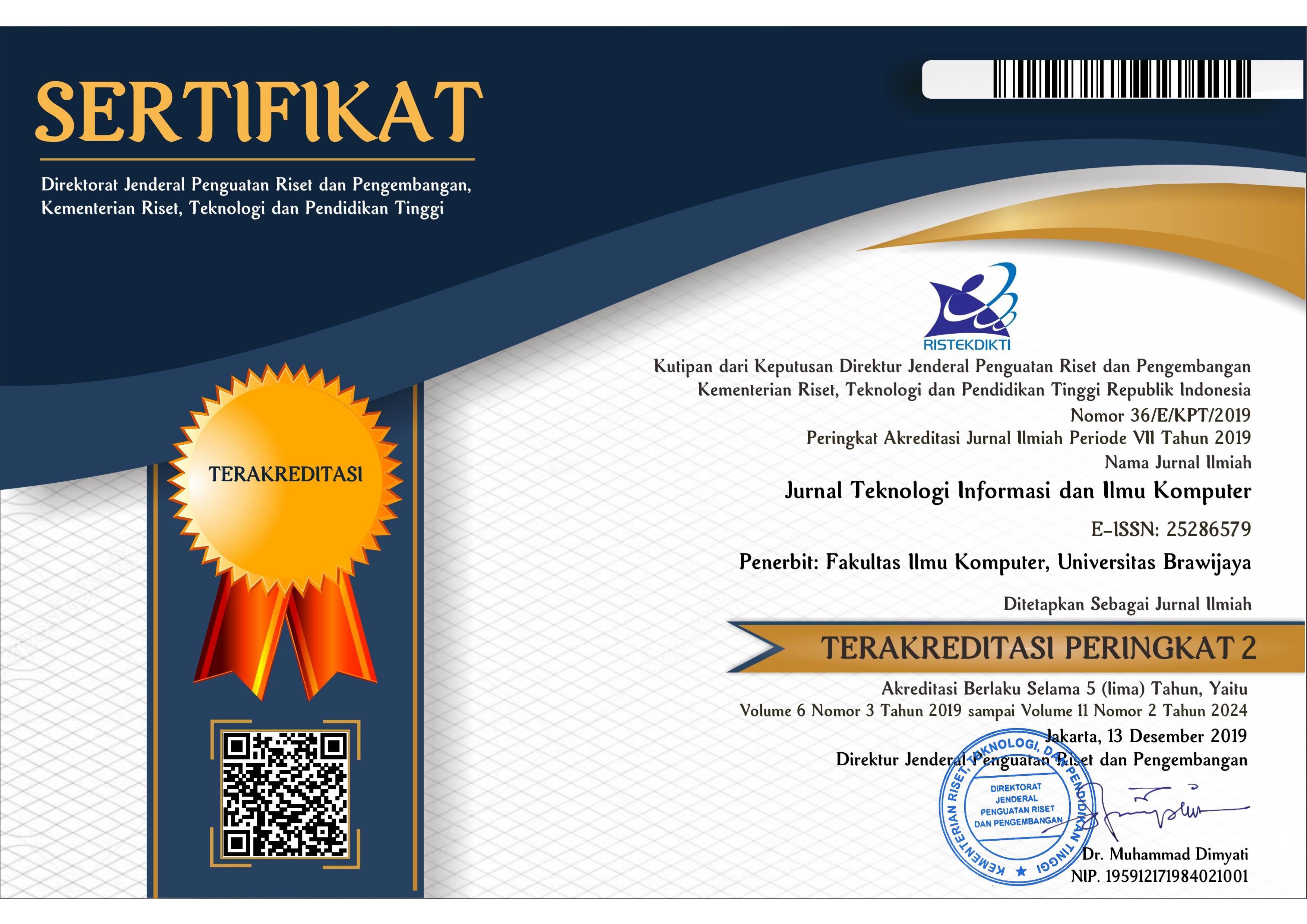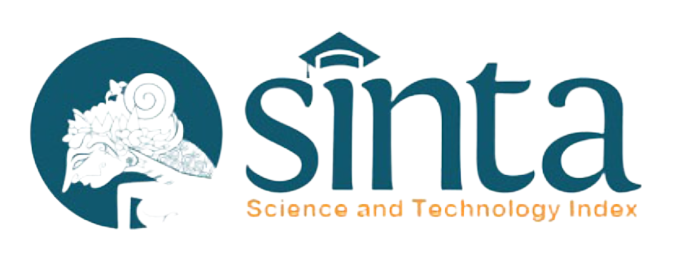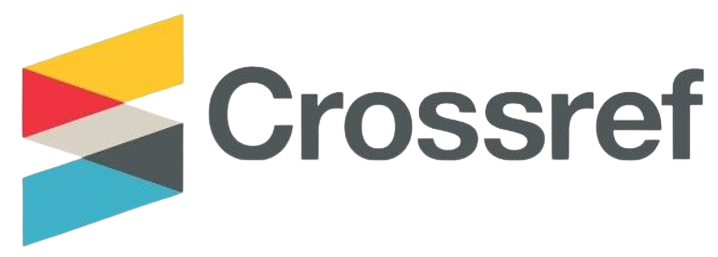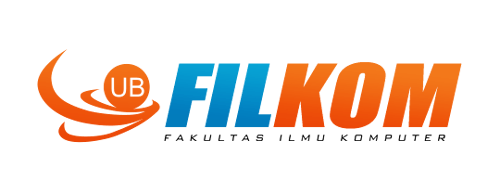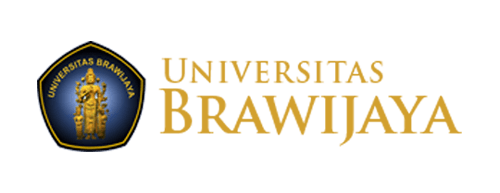Pengembangan Front-End Aplikasi Mysre: Aplikasi Tinjauan Literatur Untuk Peneliti Pemula
DOI:
https://doi.org/10.25126/jtiik.124Kata Kunci:
aplikasi web, kecerdasan buatan, tinjauan literatur, system development life cycleAbstrak
Keterampilan menuliskan suatu tinjauan literatur yang komprehensif seringkali menjadi tantangan bagi peneliti pemula, terutama mahasiswa jenjang sarjana. Artificial intelligence (AI) seringkali digunakan sebagai salah satu solusi untuk menjawab tantangan tersebut. Namun, penggunaan AI yang tanpa kontrol dapat berdampak negatif pada pengembangan kemampuan peneliti. Berdasarkan latar belakang tersebut, penelitian ini bertujuan untuk membangun frond-end aplikasi berbasis web yang disebut MySRE, yang dapat digunakan oleh peneliti pemula berlatih membuat suatu tinjuan literatur dengan berbantuan AI. Penelitian ini merupakan jenis penelitian rancang bangun yang menerapkan metode System Development Life Cycle (SDLC) untuk Prototyping, yang selanjutnya disebut sebagai SDLC Prototyping. Metode SDLC Prototyping terdiri atas lima tahapan, yaitu communication, quick plan, modeling quick design, construction of prototype, dan deployment, delivery, and feedback. Hasil dari analisis kebutuhan menggunakan Eisenhower matrix mengindikasikan bahwa terdapat lima fitur utama yang perlu dimiliki oleh aplikasi MySRE. Kelima fitur tersebut adalah text editor, diskusi dengan AI, referensi, co-pilot, dan peta konsep. Pengujian fungsional dan nonfungsional dilakukan pada hasil frond-end MySRE yang telah diimplementasikan. Pengujian fungsionalitas dilakukan dengan blackbox testing, sedangkan pengujian nonfungsional dilakukan dengan compatibility testing dengan SortSite dan usability testing dengan SUS kuesioner. Hasil dari pengujian fungsionalitas dengan blackbox menunjukkan bahwa 22 dari 23 pengujian dinyatakan valid. Hasil compatibility testing menunjukkan aplikasi website dapat diakses pada mayoritas peramban yang umum digunakan. Hasil usability testing menunjukkan skor rata-rata 76,75 yang melampaui kriteria minimum (70) untuk dikategorikan memiliki usability yang baik. Dengan demikian, dapat disimpulkan bahwa desain frond-end dari aplikasi MySRE telah berhasil dikembangkan dan memenuhi aspek fungsional dan nonfungsional (kompatibilitas, dan usability), sehingga layak digunakan sebagai antar muka dari aplikasi berbasis web yang dapat membantu peneliti pemula dalam berlatih menyusun tinjauan literatur.
Abstract
The ability to write comprehensive literature reviews is often a challenge for novice researchers, particularly undergraduate students. Artificial intelligence (AI) is frequently used as a solution to address this challenge, but its uncontrolled use can negatively impact researchers’ skill development. Accordingly, this study aims to develop the front-end of a web-based application called MySRE, designed to help novice researchers practice writing literature reviews with AI assistance. This research employs a design and development approach using the System Development Life Cycle (SDLC) method for prototyping, referred to as SDLC Prototyping. The SDLC Prototyping method consists of five stages: communication, quick plan, modeling quick design, construction of the prototype, and deployment, delivery, and feedback. The results of the needs analysis, conducted using the Eisenhower matrix, indicate that the MySRE requires five key features: a text editor, AI discussion, references, a co-pilot, and a concept map. Functional and non-functional testing was conducted on the implemented front-end of MySRE. Functional testing was performed using blackbox testing, while non-functional testing included compatibility testing with SortSite and usability testing with the SUS questionnaire. The blackbox testing results showed that 22 out of 23 tests were valid. Compatibility testing indicated that the website application is accessible on most common browsers. Usability testing resulted in an average score of 76.75, exceeding the minimum criteria (70) for categorizing the application as having good usability. Therefore, it can be concluded that the front-end design of the MySRE application has been successfully developed and meets both functional and non-functional aspects (compatibility and usability), making it suitable for use as a web-based application interface that can assist novice researchers in practicing literature review writing.
Downloads
Referensi
BANGOR, A., KORTUM, P. & MILLER, J., 2009. Determining what individual SUS scores mean: adding an adjective rating scale. J. Usability Studies, [online] 4(3), pp.114–123.
BUDHYANI, I.D.A.M. & ANGENDARI, M.D., 2021. Kesulitan dalam Menulis Karya Ilmiah. Mimbar Ilmu, 26(3), p.400. https://doi.org/10.23887/mi.v26i3.40678.
EBIDOR, L.-L. & IKHIDE, I.G., 2024. Literature Review in Scientific Research: An Overview. East African Journal of Education Studies, 7(2), pp.179–186. https://doi.org/10.37284/eajes.7.2.1909.
FIRMANSYAH, Y., MAULANA, R. & MAULANA, M.S., 2021. Implementasi Metode SDLC Prototype pada Sistem Informasi Indeks Kepuasan Masyarakat (IKM) Berbasis Website Studi Kasus Dinas Kependudukan dan Catatan Sipil. Jurnal Sistem dan Teknologi Informasi (Justin), 9(3), pp.315–323. https://doi.org/10.26418/justin.v9i3.46964.
BANGOR, A., KORTUM, P. & MILLER, J., 2009. Determining what individual SUS scores mean: adding an adjective rating scale. J. Usability Studies, [online] 4(3), pp.114–123.
Available at: <https://uxpajournal.org/Determining-What-Individual-SUS-Scores-Mean-Adding-an-Adjective-Rating-Scale/> [Accessed 2 January 2025].
BUDHYANI, I.D.A.M. & ANGENDARI, M.D., 2021. Kesulitan dalam Menulis Karya Ilmiah. Mimbar Ilmu, 26(3), p.400. https://doi.org/10.23887/mi.v26i3.40678.
EBIDOR, L.-L. & IKHIDE, I.G., 2024. Literature Review in Scientific Research: An Overview. East African Journal of Education Studies, 7(2), pp.179–186. https://doi.org/10.37284/eajes.7.2.1909.
FIRMANSYAH, Y., MAULANA, R. & MAULANA, M.S., 2021. Implementasi Metode SDLC Prototype pada Sistem Informasi Indeks Kepuasan Masyarakat (IKM) Berbasis Website Studi Kasus Dinas Kependudukan dan Catatan Sipil. Jurnal Sistem dan Teknologi Informasi (Justin), 9(3), pp.315–323. https://doi.org/10.26418/justin.v9i3.46964.
HADDAWAY, N.R., BETHEL, A., DICKS, L. V., KORICHEVA, J., MACURA, B., PETROKOFSKY, G., PULLIN, A.S., SAVILAAKSO, S. & STEWART, G.B., 2020. Eight problems with literature reviews and how to fix them. Nature Ecology & Evolution, 4(12), pp.1582–1589. https://doi.org/10.1038/s41559-020-01295-x.
MOHAMMED & AHMED, M., 2019. Problem of academic literature review and writing: The way forward. 16, pp.11–26.
KUSWANDARI, A.H., SLAMET, S.Y. & SETIAWAN, B., 2018. Kontribusi Kemampuan Berpikir Kritis Sebagai Kontribusi Peningkatan Keterampilan Menulis Esai. Jurnal Gramatika, 4(1), pp.173–183. https://doi.org/10.22202/jg.2018.v4i1.2410.
LACHNER, A., BURKHART, C. & NÜCKLES, M., 2017. Formative computer-based feedback in the university classroom: Specific concept maps scaffold students’ writing. Computers in Human Behavior, 72, pp.459–469. https://doi.org/10.1016/J.CHB.2017.03.008.
VAN NIEKERK, J., DELPORT, P.M.J. & SUTHERLAND, I., 2025. Addressing the use of generative AI in academic writing. Computers and Education: Artificial Intelligence, 8, p.100342. https://doi.org/10.1016/J.CAEAI.2024.100342.
OU, A.W., KHUDER, B., FRANZETTI, S. & NEGRETTI, R., 2024. Conceptualising and cultivating Critical GAI Literacy in doctoral academic writing. Journal of Second Language Writing, [online] 66, p.101156. https://doi.org/https://doi.org/10.1016/j.jslw.2024.101156.
PRESSMAN, R.S., 2010. Software Engineering: A Practitioner’s Approach. 7th ed. New York: McGraw-Hill.
RENANINGTIAS, N. & APRILIANI, D., 2021. Penerapan Metode Prototype Pada Pengembangan Sistem Informasi Tugas Akhir Mahasiswa. Rekursif: Jurnal Informatika, 9(1). https://doi.org/10.33369/rekursif.v9i1.15772.
SHAHSAVAR, Z. & KOUREPAZ, H., 2020. Postgraduate students’ difficulties in writing their theses literature review. Cogent Education, [online] 7(1), p.1784620. https://doi.org/10.1080/2331186X.2020.1784620.
SNYDER, H., 2019. Literature review as a research methodology: An overview and guidelines. Journal of Business Research, 104, pp.333–339. https://doi.org/10.1016/j.jbusres.2019.07.039.
WHITFIELD, S. & HOFMANN, M.A., 2023. Elicit: AI literature review research assistant. Public Services Quarterly, 19(3), pp.201–207. https://doi.org/10.1080/15228959.2023.2224125.
Unduhan
Diterbitkan
Terbitan
Bagian
Lisensi
Hak Cipta (c) 2025 Jurnal Teknologi Informasi dan Ilmu Komputer

Artikel ini berlisensiCreative Commons Attribution-ShareAlike 4.0 International License.

Artikel ini berlisensi Creative Common Attribution-ShareAlike 4.0 International (CC BY-SA 4.0)
Penulis yang menerbitkan di jurnal ini menyetujui ketentuan berikut:
- Penulis menyimpan hak cipta dan memberikan jurnal hak penerbitan pertama naskah secara simultan dengan lisensi di bawah Creative Common Attribution-ShareAlike 4.0 International (CC BY-SA 4.0) yang mengizinkan orang lain untuk berbagi pekerjaan dengan sebuah pernyataan kepenulisan pekerjaan dan penerbitan awal di jurnal ini.
- Penulis bisa memasukkan ke dalam penyusunan kontraktual tambahan terpisah untuk distribusi non ekslusif versi kaya terbitan jurnal (contoh: mempostingnya ke repositori institusional atau menerbitkannya dalam sebuah buku), dengan pengakuan penerbitan awalnya di jurnal ini.
- Penulis diizinkan dan didorong untuk mem-posting karya mereka online (contoh: di repositori institusional atau di website mereka) sebelum dan selama proses penyerahan, karena dapat mengarahkan ke pertukaran produktif, seperti halnya sitiran yang lebih awal dan lebih hebat dari karya yang diterbitkan. (Lihat Efek Akses Terbuka).

